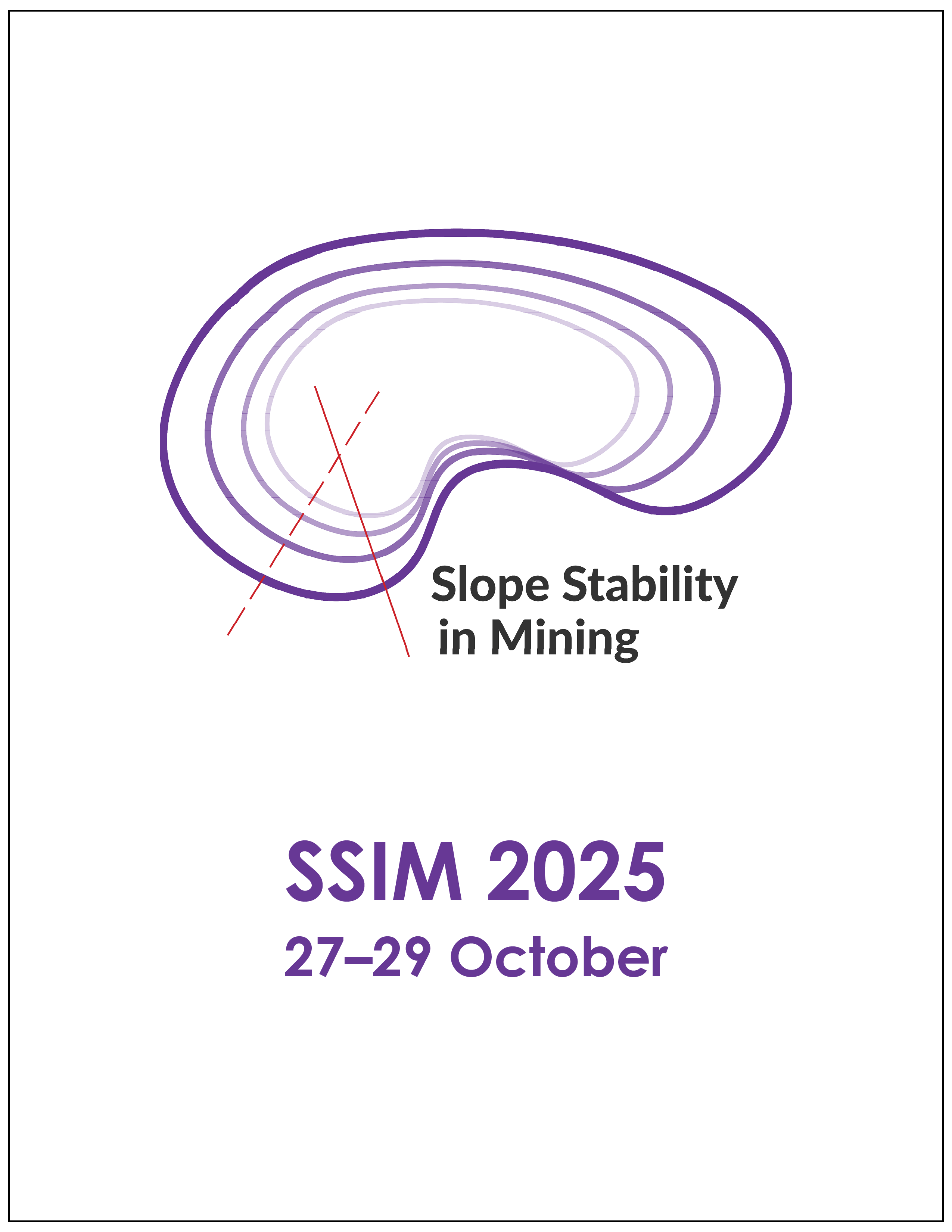Estimating borehole wall strength from televiewer data using machine learning

|
Authors: Wilton, E; Danielson, J |
DOI https://doi.org/10.36487/ACG_repo/2535_46
Cite As:
Wilton, E & Danielson, J 2025, 'Estimating borehole wall strength from televiewer data using machine learning', in JJ Potter & J Wesseloo (eds), SSIM 2025: Fourth International Slope Stability in Mining Conference, Australian Centre for Geomechanics, Perth, https://doi.org/10.36487/ACG_repo/2535_46
Abstract:
Acoustic televiewers (ATVs) have become ubiquitous tools within the field of rock slope engineering. ATVs are geophysical probes which create an image of a borehole wall by emitting ultrasonic pulses and recording the reflected waves’ amplitudes and travel times. As denser rocks generally reflect waves of higher amplitudes, amplitude data can serve as useful proxies for rock strength. However, signal quality and interpretation can be influenced by confounding factors such as opaque borehole fluids, the centralisation of the probe within the borehole and the presence of mud or cuttings on the borehole wall. In this study, a Python-based convolutional neural network, a commonly used architecture in computer vision, was trained to estimate rock strength grades from ATV amplitude logs. These logs were converted to images and matched with manually logged field strength grades to generate the training data for the model. Rock strength grades were based on the International Society of Rock Mechanics (ISRM) 1978 scale, which ranges from R0 (extremely weak) to R6 (extremely strong). The training dataset included data from many different boreholes, probes and project settings. The model’s prediction accuracy was assessed against a validation dataset and complete test surveys. The model reached a minimum mean square error value of 0.36 on the validation dataset and the model’s predictions on average were within approximately onehalfstrength grade of the manually logged grades for the test surveys. By providing continuous, automated strength grade estimates – even in zones of no core recovery – this approach reduces subjectivity and improves coverage compared with traditional field tests. When benchmarked against manually logged strength grades, the model detected finer-scale changes in rock quality, particularly in faulted zones. This tool can assist in reviewing and corroborating traditional strength logs and forms part of BGC Engineering’s artificial intelligence-powered televiewer data processing platform, Structura.
Keywords: acoustic televiewer, machine learning, rock strength estimation, artificial intelligence, computer vision
References:
Almalikee, HS 2019, ‘Predicting rock mechanical properties from wireline logs in Rumaila Oilfield, Southern Iraq’, American Journal of Geophysics, Geochemistry and Geosystems, vol. 5, no. 2, pp. 69–77
Bu, Y, Song, W, Wang, M & He, Y 2011, ‘The improvement of cementation quality rating method based on compressive strength for low density cement system’, Procedia Engineering, vol. 18, pp. 289–294,
Cheung, PS 1999, ‘Microresistivity and ultrasonic imagers: tool operations and processing principles with reference to commonly encountered image artefacts’, in G Williamson, MA Lovell & PK Harvey (eds), Borehole Imaging: Applications and Case Histories, Geological Society of London, London, pp. 45–58.
Cox, D, Newton, A, Huuse, M 2020 ‘Chapter 22 - An introduction to seismic reflection data: acquisition, processing and interpretation’, in N Scarselli, J Adam, D Chiarella, D Roberts & AW Bally (eds), Regional Geology and Tectonics (Second Edition), Elsevier
Danielson, J, Clayton, MA, Kelly, L & Kinakin, D 2023, 'Getting more out of drillhole televiewer data: geotechnical toolbox edition', in PM Dight (ed.), SSIM 2023: Third International Slope Stability in Mining Conference, Australian Centre for Geomechanics, Perth, pp. 421–434,
ISRM 1978, ‘International society for rock mechanics commission on standardization of laboratory and field tests: Suggested methods for the quantitative description of discontinuities in rock masses’, International Journal of Rock Mechanics and Mining Sciences & Geomechanics Abstracts, vol. 15, no. 6, pp. 319–368,
Palmström, A 1995, RMi – A Rock Mass Characterization System For Rock Engineering Purposes, PhD thesis, University of Oslo, Oslo.
Schepers, R, Rafat, G, Gelbke, C & Lehmann, B 2001, ‘Application of borehole logging, core imaging and tomography to geotechnical exploration’, International Journal of Rock Mechanics & Mining Sciences, vol. 38, pp. 867–876.
Shenggong, G, Runqing, C, Yang, Z, Hu, N & Faquan, W 2024, ‘Comparison and combination of Leeb hardness and point load strength for indirect measuring tensile and compressive strength of rocks’, Bulletin of Engineering Geology and the Environment, vol. 83, no. 4, pp. 83–109,
Ulusay, R, Ersoy, H, Sünnetci, MO & Karahan, M 2025, ‘The leeb (Equotip) hardness test for rock materials: An overview, assessments on the factors influencing test results, and prediction models based on a large database’, Bulletin of Engineering Geology and the Environment, vol. 84, no. 3,
Zhou, B, Fraser, S, Borsaru, M, Aizawa, T, Sliwa, R & Hashimoto, T 2005, ‘New approaches for rock strength estimation from geophysical logs’, in Proceedings of the Bowen Basin Symposium, Yeppoon, pp. 151–164.
© Copyright 2025, Australian Centre for Geomechanics (ACG), The University of Western Australia. All rights reserved.
View copyright/legal information
Please direct any queries or error reports to repository-acg@uwa.edu.au
View copyright/legal information
Please direct any queries or error reports to repository-acg@uwa.edu.au

